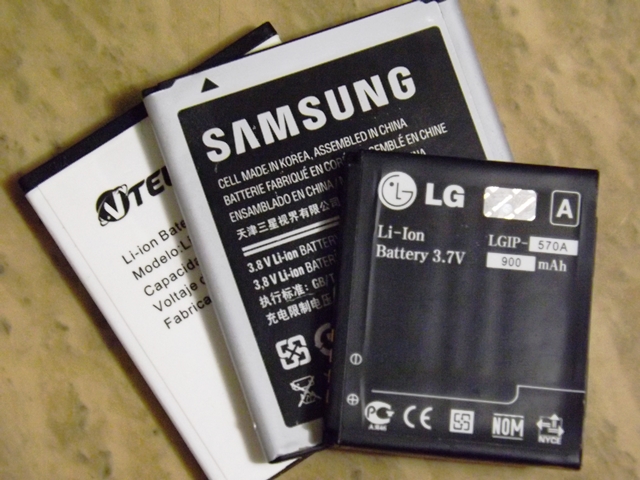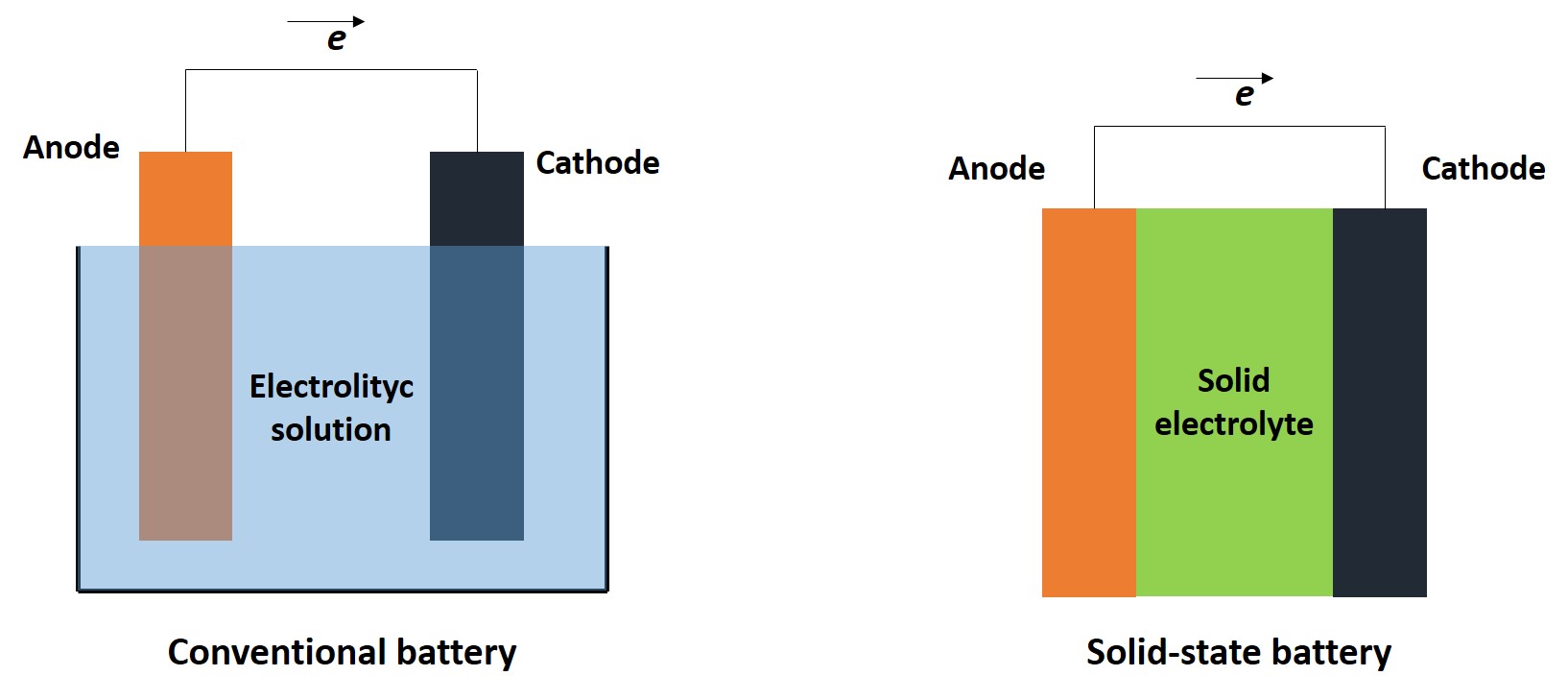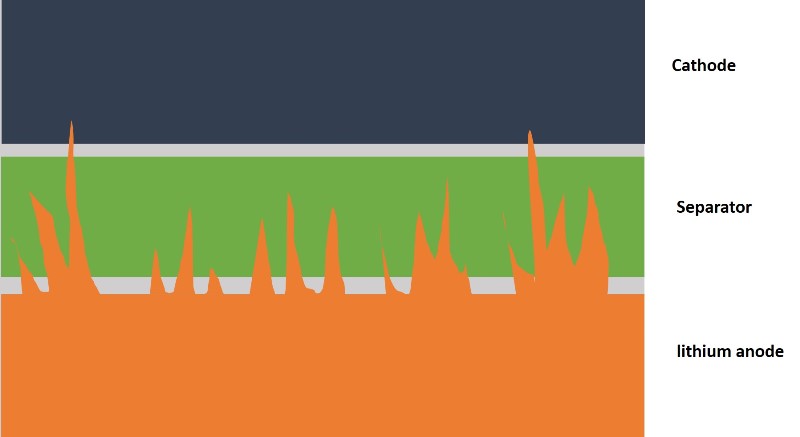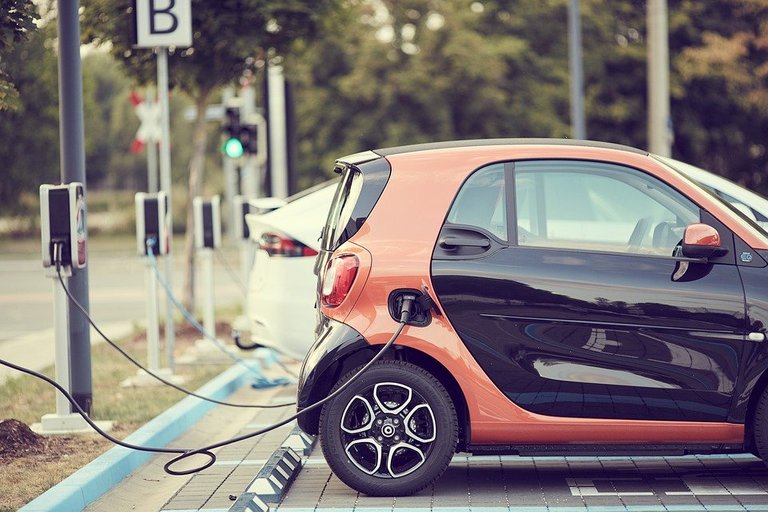In search of a more stable and durable solid-state lithium battery
Now, to return to my usual scientific topics, I wanted to start by telling you what the future of lithium batteries may be and why it is not yet here.

Lithium-ion batteries could soon be replaced by solid-state lithium batteries. Image credit: @emiliomoron.
The lithium-ion battery technology that has made possible the rise of electronic devices is well known to all, these batteries are liquid electrolyte batteries, which despite having experienced great advances and allow the autonomy of our electronic devices, many experts suggest that they have already reached the limit. For the necessary expansion of electric cars, these batteries have fallen short, since they are heavy, expensive and very slow to charge.

Difference between liquid electrolyte and solid-state batteries. Image credit: @emiliomoron.
But thanks to a team of researchers at Harvard's John A. Paulson School of Engineering and Applied Sciences (SEAS), the holy grail of solid-state lithium batteries may be closer. According to their results published recently in the journal Naure, the team of researchers succeeded in designing a stable solid-state lithium metal battery that can be charged and discharged at least 10,000 times, which corresponds to the many charge/discharge cycles achieved so far with this type of battery.
The main problem with solid-state lithium batteries has been their chemistry, as lithium ions are transferred from the cathode to the anode, needle-like structures called dendrites form on the surface, these structures grow like roots inside the battery piercing the barrier separating the anode from the cathode, causing the battery to short-circuit.

Deterioration of a solid-state lithium battery. Image credit: @emiliomoron.
To overcome this problem, the research team attempted to control the growth of the dendrites rather than prevent their appearance altogether.
To do this, they thought of the battery design as a multilayer, sandwiching layers of less stable electrolytes between layers of more stable solid electrolytes. This design allows the dendrites to grow and penetrate the less stable layer but stop when they reach the second, more stable layer.
Although it seems counterintuitive, leaving a space for dendrites to grow rather than trying to prevent them from appearing has made it possible to control battery instability. This shows that solid-state lithium batteries can become competitive in the market due to their clear advantages over liquid electrolyte batteries, especially with regard to durability and fast charging, factors that are essential for the growth of the electric vehicle market.

Battery life and fast charging are essential for the massification of electric vehicles. Image credit: Pixabay.com.
Hopefully, the necessary details will soon be overcome to move to the commercial development phase, and we can have long-life, fast-charging, low-cost solid-state batteries to be adopted in the market, allowing electric vehicles to outperform gasoline-powered vehicles in terms of range.
Thanks for coming by to read friends, I hope you liked the information. See you next time.

@tipu curate 2
Upvoted 👌 (Mana: 24/48) Liquid rewards.
Is this you @crypto.piotr ?
Greetings mr @azircon, excuse me, but what did I do to deserve your downvote on my post?
You haven’t done anything. I felt the post is essentially spun from the internet and didn’t warrant the value it had. So I reduced it. I saw your other posts too, they are similar.
For example: https://peakd.com/hive-148441/@emiliomoron/first-chinese-rover-on-mars-successfully-sends-its-first-images
What is original about this post?
Greetings my friend @emiliomoron, it is great to know that you are already in the recovery stage and I am glad that you are able to take on a new phase in your publications, with respect to advances in energy certainly lithium batteries will play a key role throughout our history. Thank you for your contribution